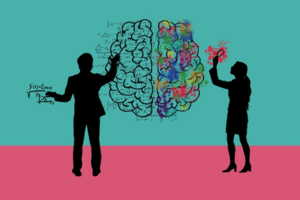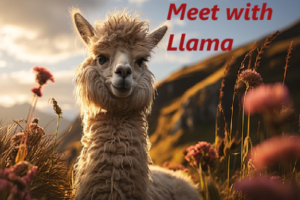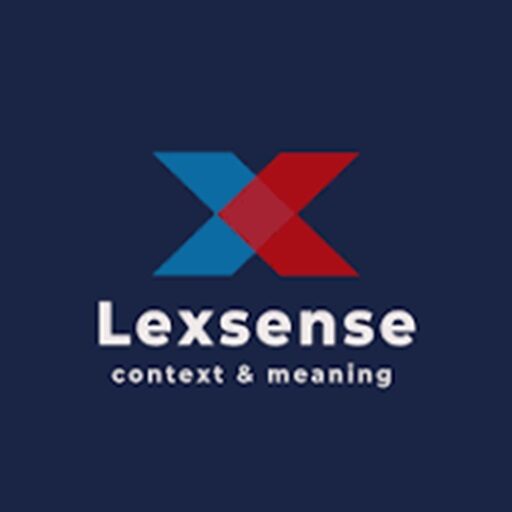Introduction
Content creation is a multifaceted process of producing, developing, and publishing a variety of media, such as written articles, videos, images, podcasts across various platforms with the aim to enhance its discoverability, relevance, and interconnections while achieving specific objectives, such as brand awareness, lead generation and community building.
Understanding the fundamentals and best practices of content creation, individuals and businesses can harness the power of storytelling, engage audiences, build brand presence, and drive tangible results in the digital realm. This article delves into the essence of content creation, exploring its definition, significance, diverse types, and the essential processes involved in crafting compelling content.
Implementing Content
Taxonomy: Taxonomy refers to the structured classification and organization of information into categories and subcategories, providing a framework for content to be indexed and retrieved effectively. Taxonomy helps organizing content in a way that makes it easily navigable, often resembling a tree structure which improves user experience allowing creators to label and group content logically. maintain and improve the overall user experience.
knowledge Graph: a knowledge graph is a network of interlinked entities that represents relationships in a visual or computational model. It stores knowledge about entities (people, places, things, concepts) and the relationships between them in a graph-like structure.
Knowledge Graph is a dynamic representation that integrates various data points and relationships, facilitating semantic search and contextual querying, thereby enhancing content discoverability and relevance.
Knowledge graphs help search engines and internal systems understand user intent by leveraging the relationships between different concepts. For example, if a user searches for “Python programming,” the system can return content not only about the Python language but also about relevant libraries, tutorials, and courses. Knowledge Graph adds real-time, relationship-driven recommendations by analysing a user’s activity and finding patterns across content entities, delivering a highly personalized experience. Google’s Knowledge Graph is a large-scale example that connects billions of entities and provides search results with rich contextual information, such as when you search for “Leonardo da Vinci,” and get information about his works, biography, and historical significance in one comprehensive view. Knowledge Graph enhances this further by dynamically surfacing content based on the relationships between topics, ensuring users find content that’s contextually relevant.
SEO Optimization: a network of interconnected entities that illustrates relationships and attributes. Search engines rely on taxonomies to understand the structure and relevance of content, improving discoverability. In an e-commerce site, a product taxonomy might include categories like “Clothing > Women > Dresses > Casual Dresses.” This makes it easier for users to browse and for the system to recommend related items.
Role in Content Management
Semantic Search: By applying ontologies, content management systems (CMS) can enable more powerful search capabilities, offering results based on meaning rather than just keywords. This helps in better understanding user intent and providing relevant results.
Content Discovery and Recommendation: Knowledge graphs can enable sophisticated content recommendation systems by understanding the relationships between content entities. For example, if a user reads an article about artificial intelligence, the system can suggest related research papers, news articles, or tutorials based on connections in the knowledge graph.
Unified Content Views: Knowledge graphs provide a unified view of all the content in the system by connecting various data sources and content repositories. This is especially helpful in large organizations where content is spread across different departments or platforms.
Together, these frameworks ensure that content is well-structured, meaningfully connected, easily discoverable, and managed consistently across its lifecycle, empowering better content management strategies in any organization.















